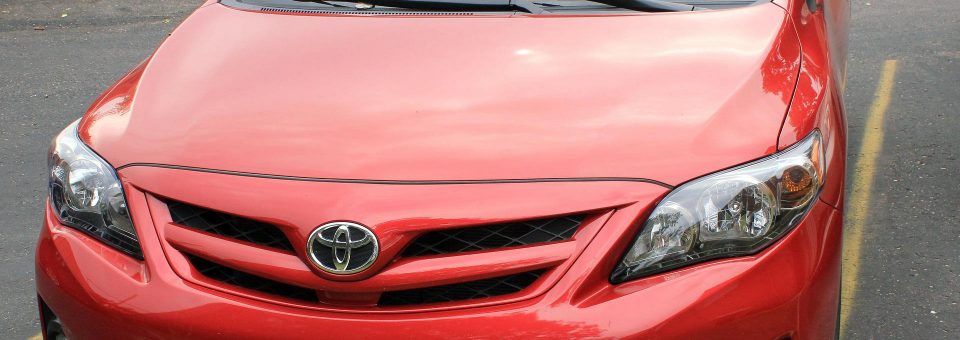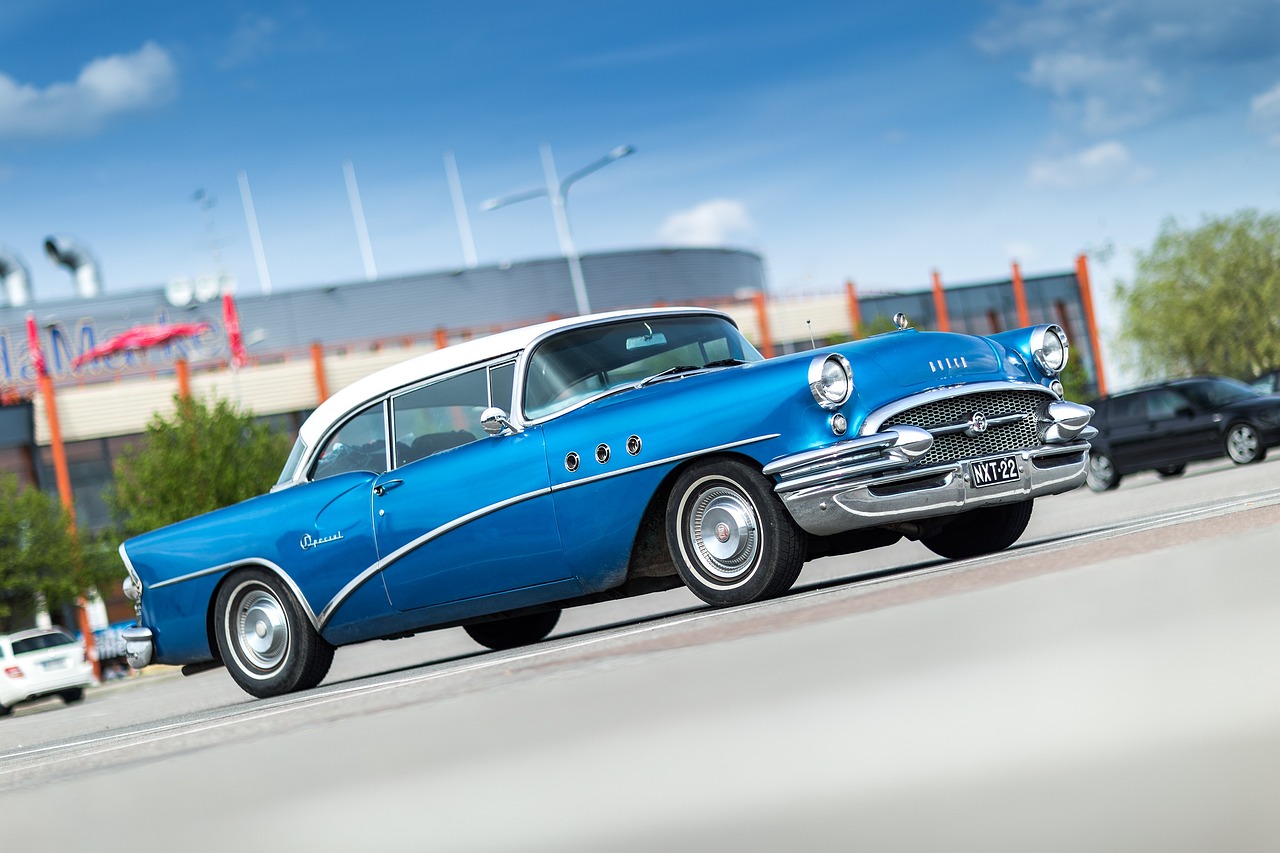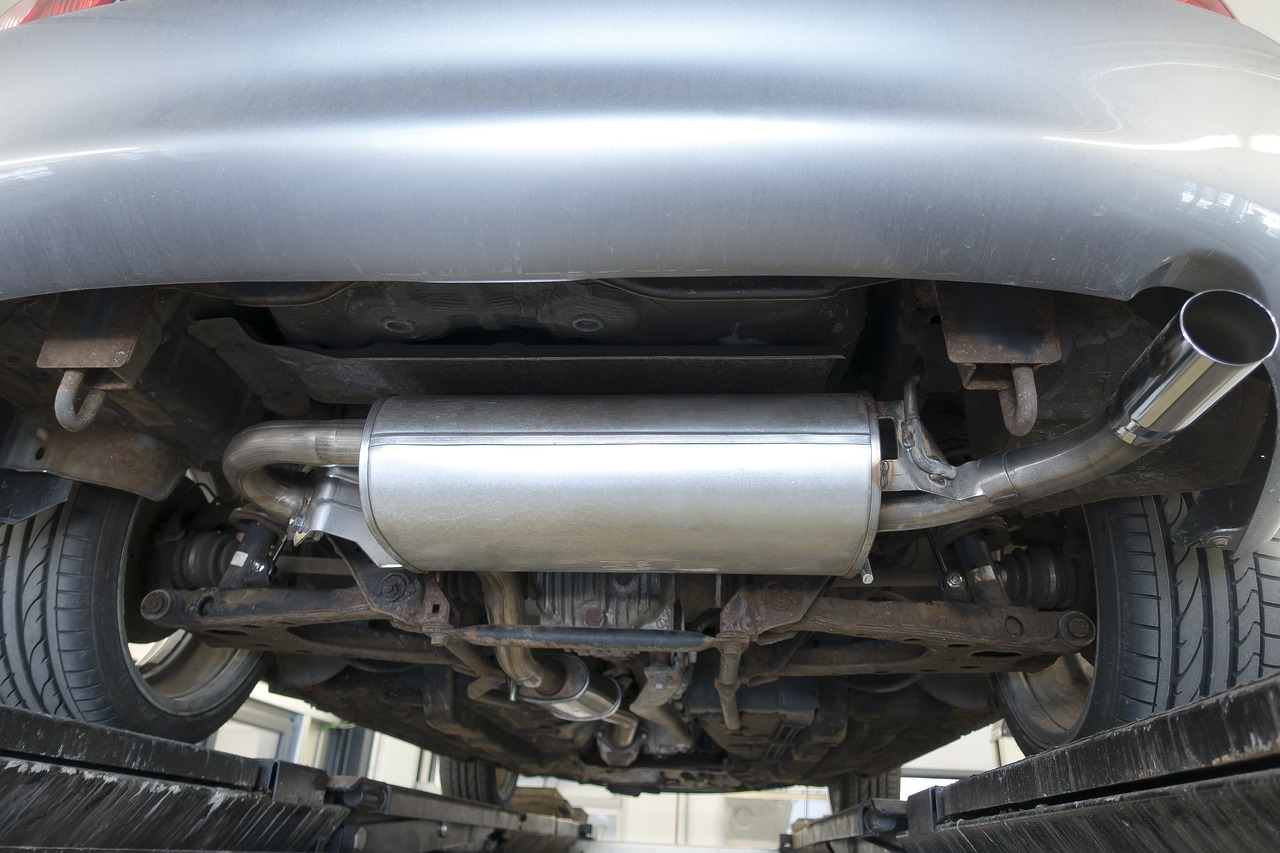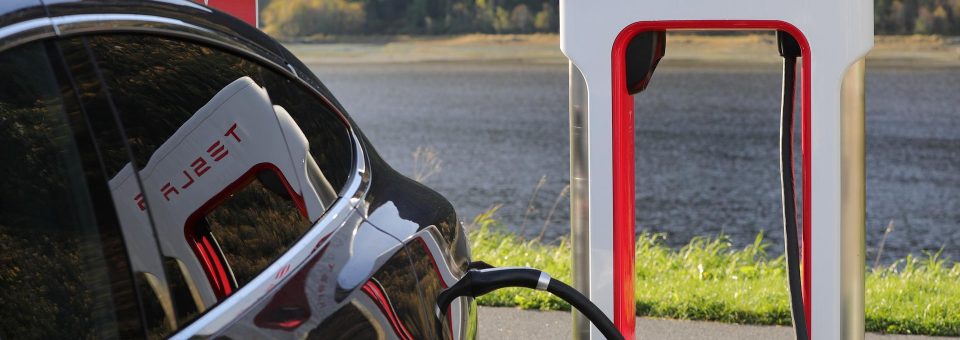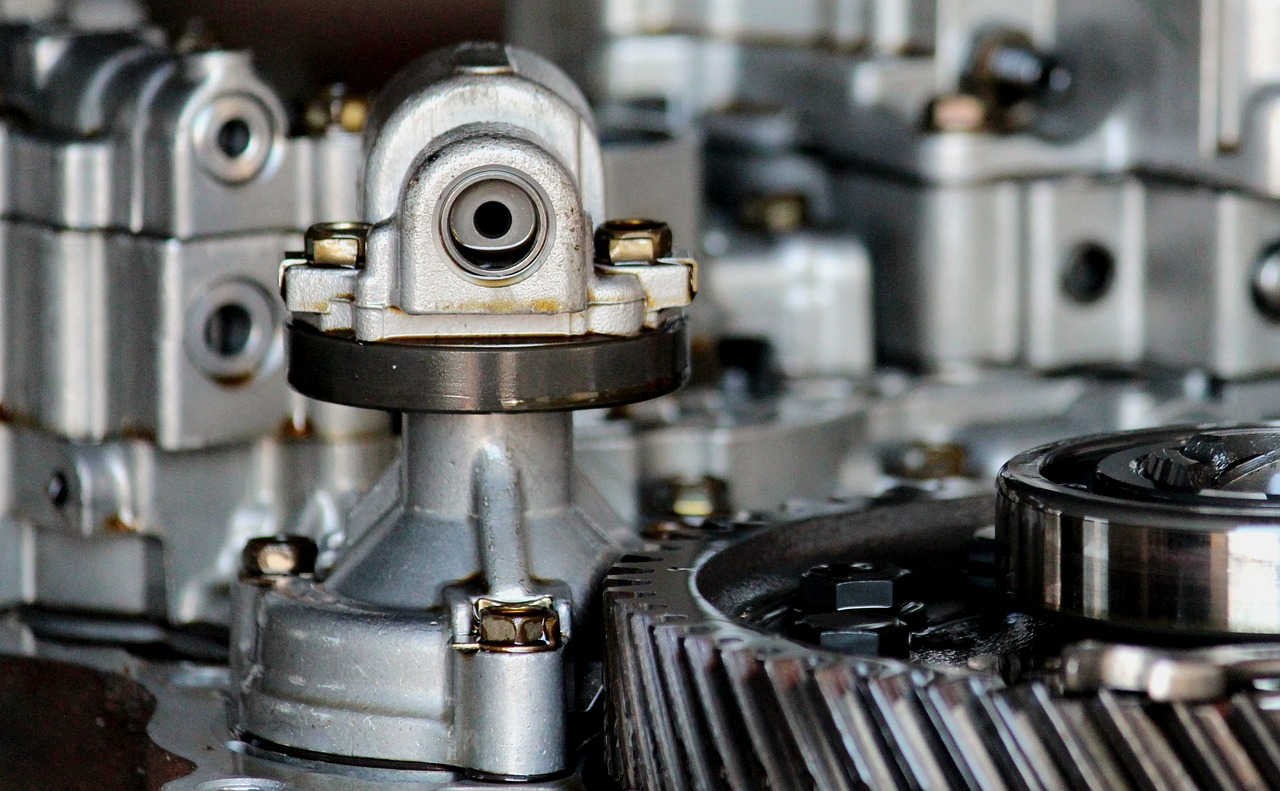Regular car maintenance is crucial for ensuring your vehicle’s longevity and optimal performance. Neglecting routine checks and services can lead to costly repairs and, in severe cases, dangerous driving conditions. A well-maintained car also helps retain its value, making it a worthwhile investment in the long run.
Archives
Most Recent Articles
Car Engine Parts: An Overview of the Key Components
The car engine is one of the most important components of a vehicle. It provides the power necessary to move a car and comprises numerous parts.
A Guide to Car Electrical Parts
The engine is the heart of the vehicle and the most critical component of the transmission system. It is in charge of powering the car, and the electrical system supplies power to its numerous features. The hydraulic pressure created by the brake pads powers the brakes. The brake pads are linked to the wheels via the suspension. The suspension helps to lessen wheel shock when the automobile is in motion. The battery provides electricity to the car’s electrical system. It is linked to the alternator. When the vehicle is running, the alternator recharges the battery. The electricity powers the car’s many components, such as the headlights, radio, and interior lights.
The exhaust system removes the exhaust emissions from the vehicle. The air filter keeps dust, pollen, and other particles away. The air filter needs to be checked regularly to ensure that it is not clogged or dirty, as this can cause a decrease in performance and fuel economy. The clutch is the device that connects the engine to the transmission. It disengages the car when the driver presses the clutch pedal. The cooling system is in charge of keeping the car temperature within a safe range. It comprises various components, including the radiator, coolant, and fan. The radiator aids in cooling.
The interior of the car also contains various electrical system components. The steering system controls the vehicle’s direction and is powered by the steering column. The tires propel the car and are connected to the wheels through the drive belt. The drive belt allows the rotating crankshaft to drive components such as alternators. The oil lubricates the engine, while the spark plugs ignite the fuel. Spark plugs emit electricity that puts the pistons in motion. Wheel bearings are the part of the wheel assembly that supports the weight and helps the wheel turn smoothly. Over time, the wheel bearings can wear out, which can cause vibration and noise from the wheel, as well as uneven tires wear.
Vehicle System Parts: What You Need to Know for Safe Driving
Vehicle suspensions ensure a smooth ride. This page discusses the system parts, their function, and maintenance.
The engine powers the wheels.
Brakes: Brakes are its main safety feature. The system properly distributes braking forces to the wheels, decreasing skidding and enhancing braking.
Battery: The battery provides power. A weak or dead battery can influence vehicle performance.
Suspension: The system’s major component connects the wheels to the vehicle’s body. Shock absorbers, struts, springs, control arms, and sway bars give stability and control.
Transmission: This is responsible for transferring power to the wheels. Problems can impair car handling.
Exhaust: The exhaust system eliminates exhaust and reduces emissions.
Fuel: The fuel system feeds, and any issues can impair vehicle performance.
Cooling: The cooling system prevents overheating. A failing cooling system can influence vehicle performance.
Interior: The driver and passengers sit inside. A clean interior can improve vehicle comfort and safety.
Steering: This system controls the vehicle’s wheels. The system evenly distributes forces to the wheels for stability and control.
Tires: Only the tires touch the road. A well-maintained system can maximize tire performance.
Oil: Lubrication parts with oil extend their longevity.
Alternator: The alternator powers the vehicle’s electronics. A faulty one can impact vehicle performance, especially the system.
Spark plugs: Spark plugs ignite fuel to generate power. Spark plugs maintenance improves performance.
Radiator: The radiator prevents engine overheating. A faulty radiator can influence vehicle performance.
Transmission: The transmission’s clutch provides smooth gear changes. A faulty clutch can influence car handling.
Drive belt: The drive belt delivers power to the alternator, water pump, and power steering. Damaged drive belts can compromise vehicle performance.
Brake pads: Friction slows or stops the vehicle. Brake pads maintenance improves vehicle safety and performance.
Air filter: The air filter keeps dirt and debris out of the engine. Maintenance improves performance.
Wheel bearings: Wheel bearings support and rotate wheels. Wheel bearing failure can influence vehicle handling.
Read MoreThe Different Types of Car Transmission Parts and How They Work
Engine
The engine is the primary source of power for the transmision. It sends rotational energy to the transmision via a flywheel or flexplate, which contains several connecting rods that attach to the engine’s crankshaft.
Brakes
The brakes are responsible for slowing down the vehicle when needed. Pressing on the brake pedal activates a hydraulic system that transfers pressure to the wheels, causing them to slow down or stop.
Clutch
The clutch disengages power from the motor and transmision so that gears can be shifted. A pedal engages the clutch on the driver’s side of the vehicle. When the pedal is pressed, it releases the pressure plate, allowing gears to shift smoothly.
Battery
The battery is the power source for the transmision, providing energy to shift gears. It also offers current for other vehicle components such as lights and interior electronics.
Suspension
The suspension keeps the vehicle stable when driving. It consists of several components, such as shocks, struts, springs, and control arms, which help to absorb bumps in the road.
Transmission Fluid
Transmision fluid is a lubricant that helps reduce friction and heat in the transmision components. It also helps ensure smooth shifting between gears. The transmision fluid should be changed regularly to prevent any buildup of debris or dirt which can cause damage.
Exhaust System
The exhaust system carries away the gases from the motor. It consists of several components, such as the catalytic converter, muffler, and exhaust pipes, which help reduce emissions and noise levels.
Fuel System
The fuel system supplies the motor with gasoline or diesel. The system consists of several components, including the pump, injectors, and tank. These parts help deliver the right fuel to the motor for optimal performance.
Cooling System
The cooling system keeps the motor from overheating. Several components, such as a water pump and hoses, help circulate coolant throughout the motor.
Steering
The steering system keeps the wheels on track. The steer wheel, hydraulic pump, and tie rod ends make up this system and help the driver control the vehicle’s direction.
Tires
The tires provide traction and grip when driving. They also help to absorb bumps in the road and reduce wear on other components, such as suspension and braking systems.
Alternator
The alternator produces energy to power accessories such as interior lights and the radio. It also helps keep the battery charged so the vehicle can keep running.
Spark plugs
Spark plugs ignite the air-fuel mixture in the motor’s cylinders. They help ensure efficient combustion and optimal performance of the motor.
Radiator
The radiator helps keep the motor cool by transferring heat away from it. The radiator is filled with water and antifreeze, which helps reduce the motor’s temperature.
Drive belt
The drive belt transfer power from the motor to other components, such as the alternator, air conditioning compressor, and power steering pump.
Brake pads
The brake pads provide friction when the brakes are applied. They help to slow down and stop the vehicle when needed.
Air filter
The air filter traps dust and dirt particles from entering the motor. A clogged air filter can reduce motor performance and should be replaced regularly.
Wheel bearings
The wheel bearings help reduce friction between the axle and wheels. They also help to keep the vehicle stable when driving.
Oil
Oil helps to lubricate the moving parts of the motor and reduce friction. It also helps keep the motor clean by trapping dirt particles. Oil should be changed regularly to ensure the motor runs smoothly.
These components all work together to keep your vehicle running smoothly and efficiently. Regular maintenance, such as checking the tire pressure, and inspecting the braking system, should be done to ensure your vehicle stays in top condition.

